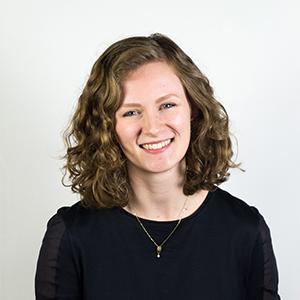Constructs of Exchange: A Topography of Resistance

- Alexandra Donovan, B.Arch. 2018
Hometown
Lynnfield, MassachusettsClass
ARCH 4101 Havana After NatureInstructor
Tao DuFour
The project stems from an investigation of two parallel systems of exchange in Cuba — art and urban agriculture — that have been able to operate within the confines of a socialist society and economy. Havana's particular urban agricultural system is itself a triumph — a reaction to unprecedented food shortages in the Special Period, after the collapse of the Soviet Union. Cuban art, like music, has enjoyed a rich history, as it is a facet of Cuban culture that has been exported in some way. Each system has experienced varying levels of state support, and both allow for notions of private enterprise. Privatization within a socialist economic structure is fertile ground for cultural and personal autonomy.
The premise of the project anticipates a loosening of the embargo and the impending wave of land speculation that may occur. The Cuban's relationship with ownership is about to experience yet another evolution. The project begins deep within the vulnerable, decaying building fabric of Centro, Havana, anchored by an existing organiponico, a small cooperative farm. At the crux of two systems of exchange, the project looks to expand communal space without impeding on personal space, animating the semi-public via civic activity. The program juxtaposes the cultivation of food and exhibition of art, as well as opportunities that arise at their intersection. Ring-lock scaffolding is employed for formal and utilitarian reasons, acting as an armature that may expand and contract, occupying often ambiguous interstitial space to host program with its own organic potential. Enclosable volumes that exist among the scaffolding elevate the visitor, shelter exhibition spaces, and bridge the program through the consumption of food and the visual connection to the cultivation occurring at roof-level. The proposal is participatory; the civic activity within its frames remediates otherwise ambiguous property, creating a topography of resistance and recreating value for Cubans themselves.



